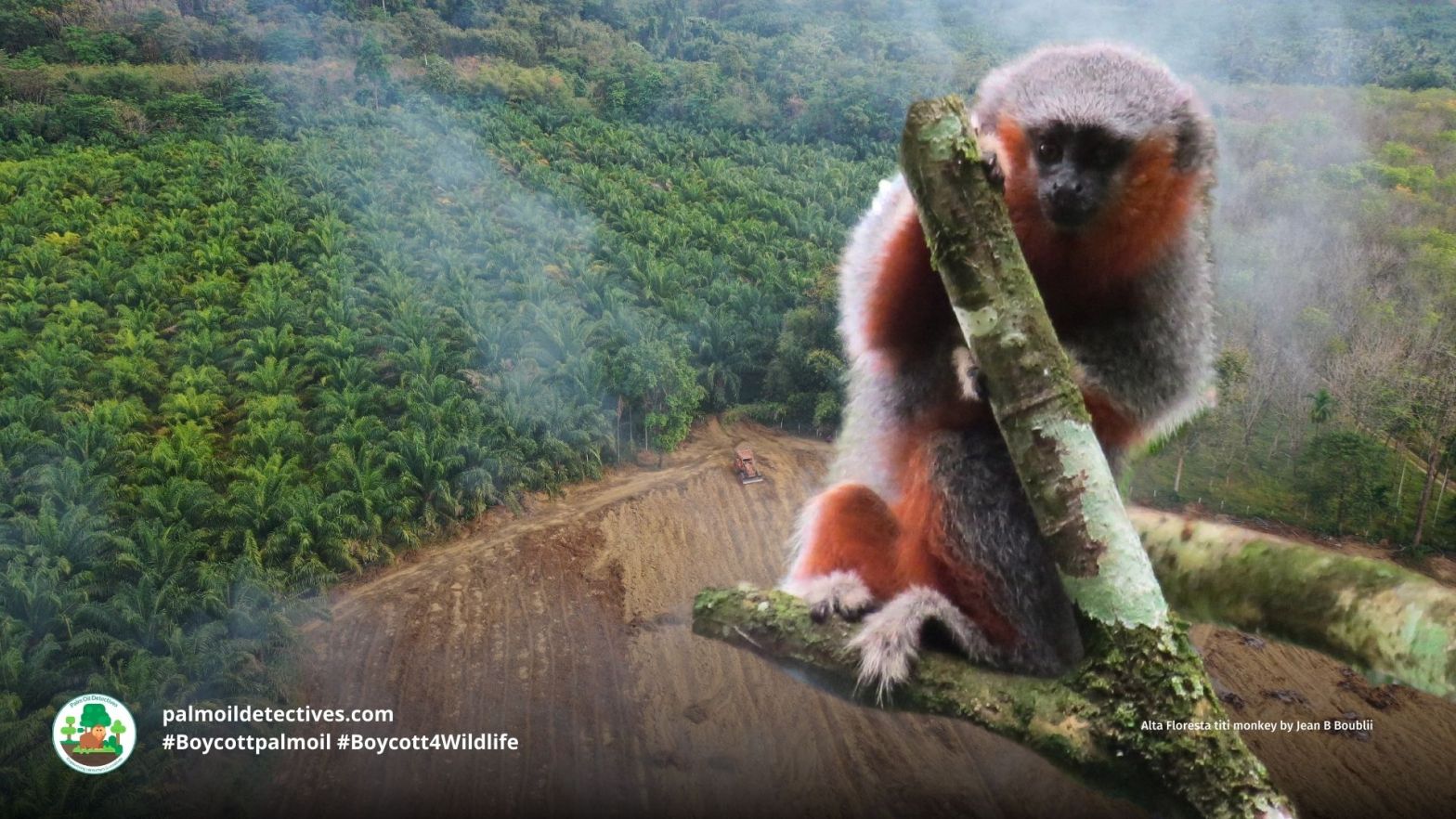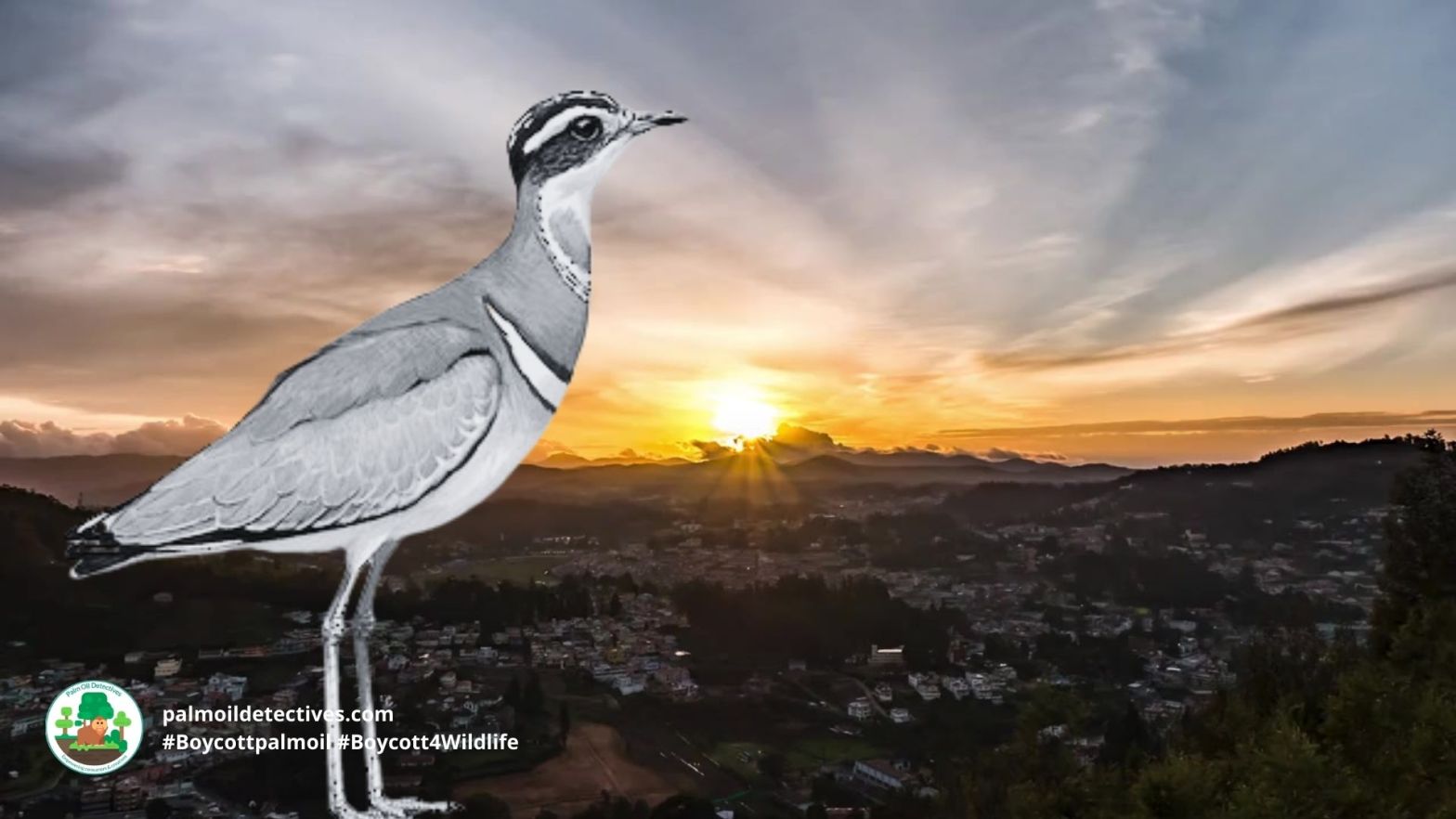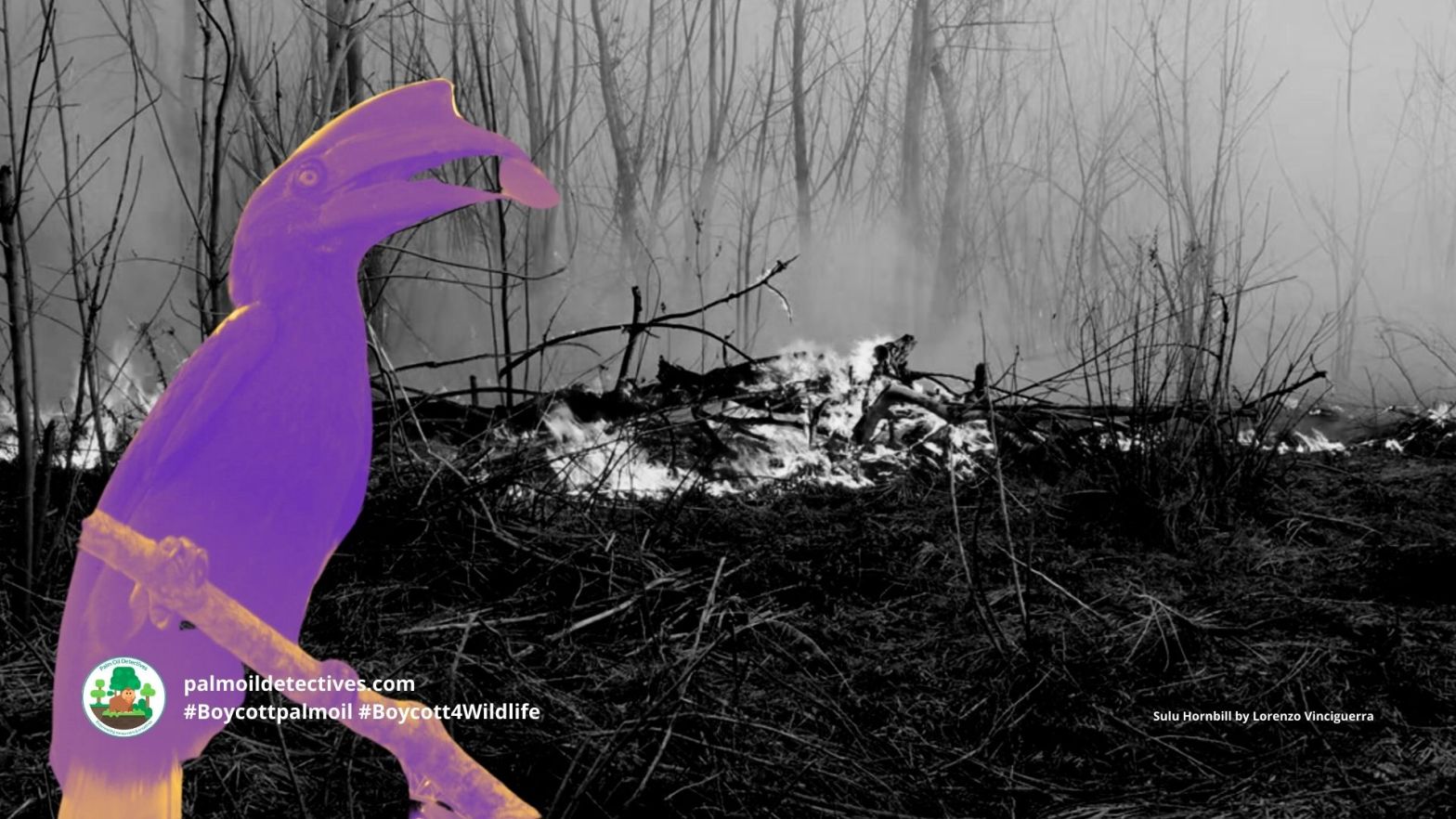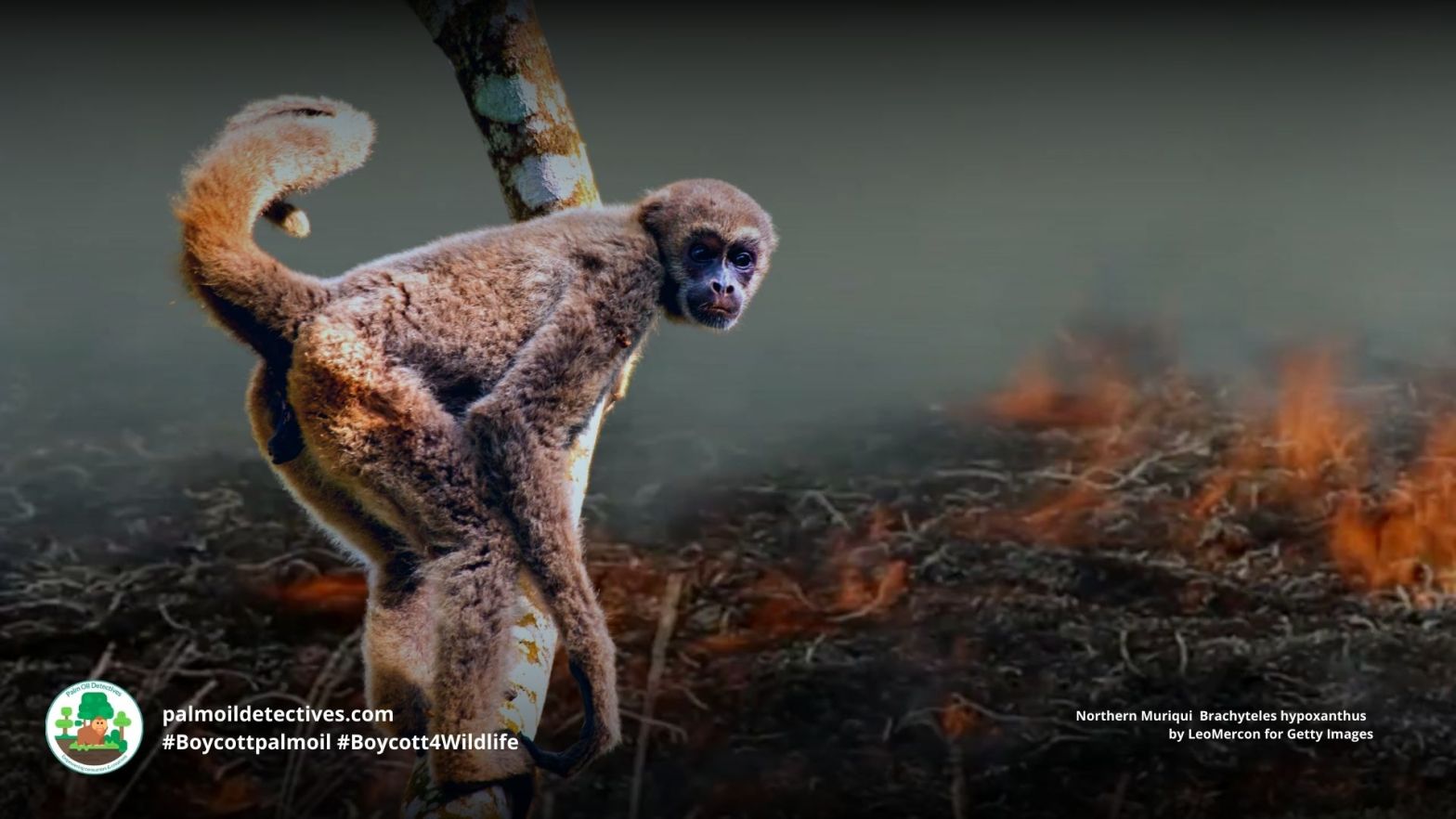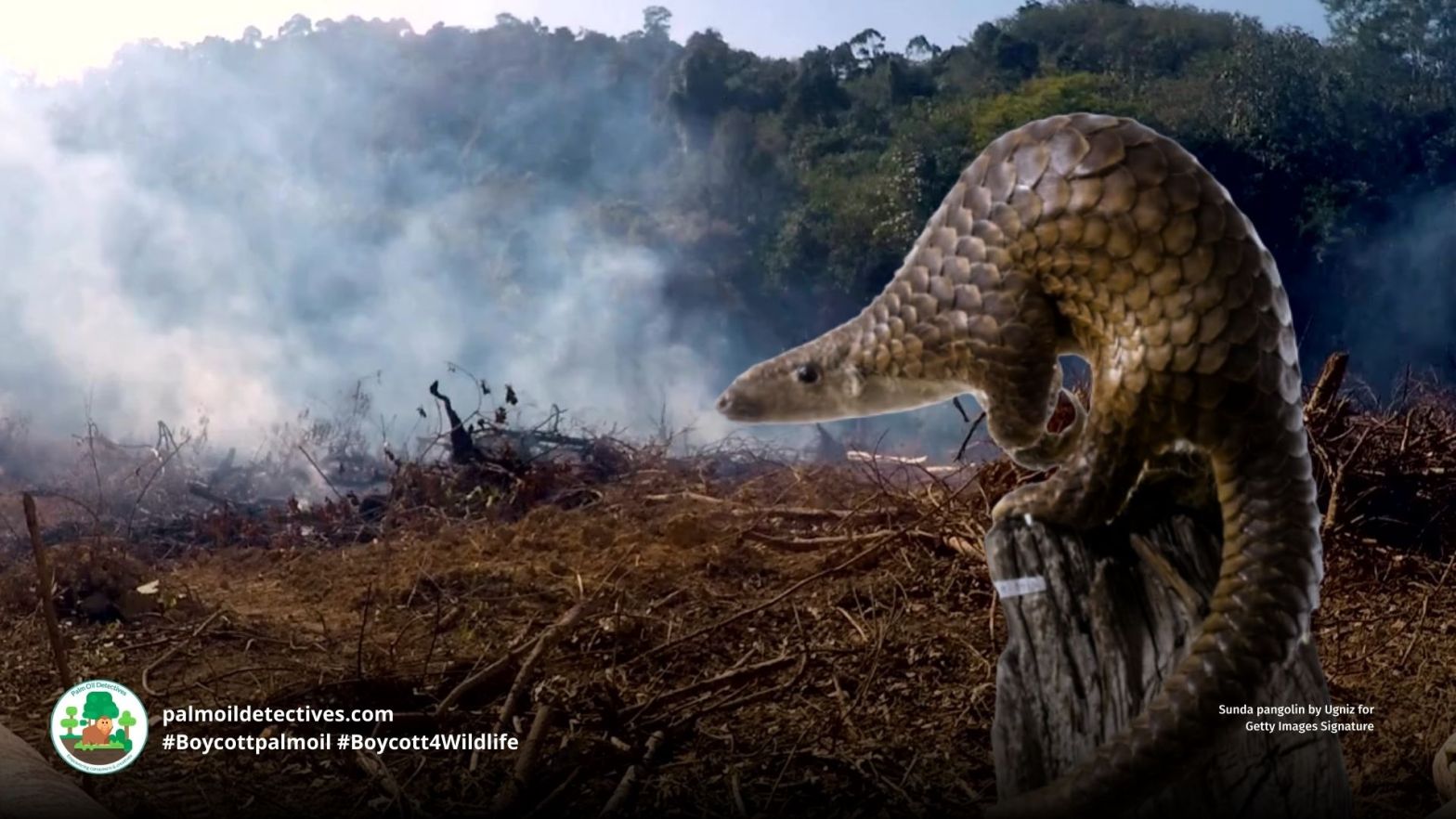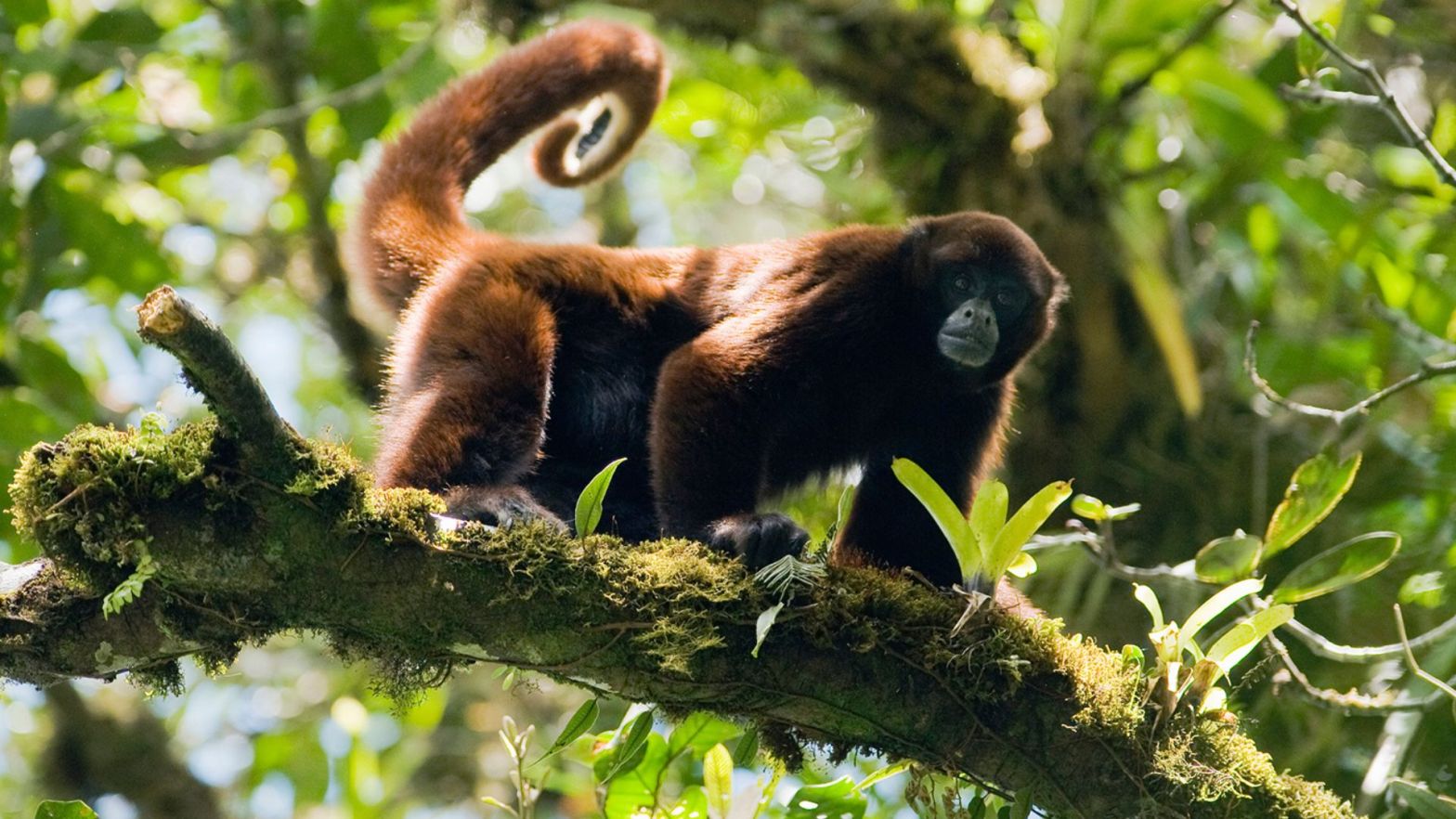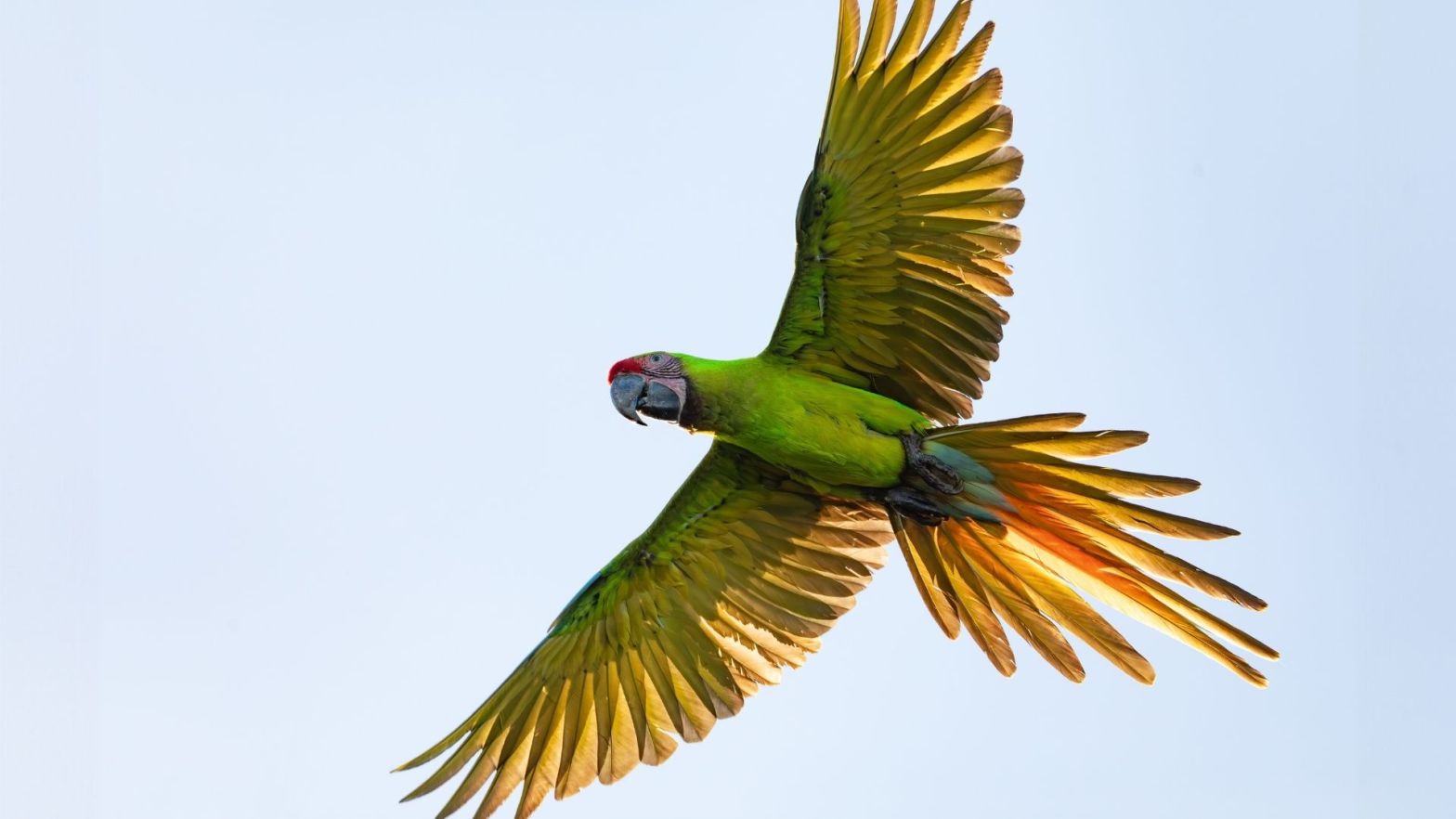The enchanting Groves Titi Monkey, also referred to as the Alta Floresta titi monkey or Mato Grosso titi monkey made a remarkable entry into the spotlight only recently in 2016 when they were classified by scientists. They belong to the Eastern Amazonian clade of the red-bellied titi monkey (P. moloch) group and are known for their vividly coloured fur and rowdy rainforest vocalisations. They face multiple anthropogenic threats including hunting gold mining, palm oil, meat and soy deforestation and hydroelectric dams. Help them to survive each time you shop, be #vegan and #Boycottpalmoil #Boycott4Wildlife
Tag Archives: Critically Endangered species
Jerdon’s Courser Rhinoptilus bitorquatus
The Jerdon’s Courser is a rare and captivating nocturnal bird belonging to the pratincole and courser family Glareolidae. They are endemic to India in the Eastern Ghats region of Andhra Pradesh. Currently they are only known to live in the Sri Lankamalleswara Wildlife Sanctuary, where they reside in sparse scrub forest with patches of bare ground and are threatened by palm oil deforestation, help them to survive and #Boycottpalmoil #Boycott4Wildlife
Sulu Hornbill Anthracoceros montani
The Sulu Hornbill is one of the rarest birds in the world. They are large and almost entirely black except for a white tail, with a thick black bill, a black casque, and black skin around the eye. Males have pale eyes, females have brown eyes and a smaller casque. These striking birds are native to the Sulu Islands, possibly now only found on Tawi-Tawi due to hunting and palm oil deforestation throughout their range. In 2018 there was only a few dozen left. Help their survival and #Boycottpalmoil #Boycott4Wildlife
Northern Muriqui Brachyteles hypoxanthus
Northern Muriquis (AKA Woolly Spider Monkeys) have a striking light brown and golden fur and are known for their rattling vocalisations. They live in large communities and act as critical seed dispersers in the Atlantic forest. There are fewer than 800 individuals left alive and they are critically endangered. Their main threats are palm oil, meat and soy deforestation in Brazil, along with illegal hunting. Help them every time you shop and be #vegan, #Boycottpalmoil and #Boycott4Wildlife
Sunda Pangolin Manis javanica
Sunda pangolins, also known as the Malayan or Javan pangolins, possess quirky traits that make them truly intriguing. They are capable swimmers and have a remarkable defense mechanism of curling into a protective ball, walk in an upside-down manner, and communicate through scale vibrations. As consummate insectivores, they rely on their long, sticky tongues to extract ants and termites from mounds. These pangolins have a slow metabolism, lack teeth but have a gizzard-like structure, and feature a specialised digestive system. To protect these unique creatures and their habitat, it’s crucial to take action. Join the movement and raise awareness by boycotting palm oil, which contributes to deforestation and threatens wildlife. Help them every time you shop and be #vegan #Boycottpalmoil and #Boycott4Wildlife in the supermarket
Banded Surili (Raffles Banded Langur) Presbytis femoralis
A curious and intelligent small monkey species, Raffles’ Banded Langurs are also known by their other common names: Banded Leaf Monkey or Banded Surili. They are endemic to the southern peninsula of Malaysia and Singapore. They are now listed as critically endangered on the IUCN Red List with their primary threat being palm oil deforestation across their range.
Deforestation and conversion of habitat continue to be the major threats to this species. They particularly affected by oil palm plantations, which are expanding very rapidly within their range. Protect them each time you shop by boycotting meat and palm oil in the supermarket.
New Guinea Singing Dog Canis hallstromi
Thought for decades to be extinct in the wild, the New Guinea singing dog populations hang on to survival in the remote mountains and forests of New Guinea. They were last spotted in 2017 near the Grasberg gold and copper mine in West Papua.
Elusive and likely now critically endangered, New Guinea Singing Dogs are rapidly disappearing and have no formal protection or conservation in place. Help them survive and fight against #palmoil #deforestation in #WestPapua, #Boycottpalmoil #Boycott4Wildlife
Bangka Slow Loris Nycticebus bancanus
This species was last reported from the wild in 1937. If the Bangka Slow Loris is still alive then the burning of their habitat and conversion to agriculture (especially palm oil plantations) is their greatest threat.
Pint-sized and cute primate the Bangka #Slowloris is critically endangered from #palmoil #deforestation. Just 20% of their rainforest remains on Bangka island, #Indonesia. Help them every time you shop, be #vegan #Boycottpalmoil #Boycott4Wildlife
Helmeted Hornbill Rhinoplax vigil
Helmeted Hornbills are spectacular, large and intelligent birds native to SE Asia, known for their substantial helmet-like structure on their head called a casque made of ivory. This hefty head accounts for 11% of their 3kg body weight. They are found on the Malay Peninsula: Sumatra, Borneo, Myanmar and Thailand. They are critically endangered. Their main threats are illegal hunting and wildlife trade for their ivory casques along with palm oil and timber deforestation. Help them each time you shop and #Boycottpalmoil #Boycott4Wildlife
Kaapori Capuchin Cebus kaapori
The Kaapori capuchin is on a knife-edge of survival – they are critically endangered. In 2017 their population had been decimated by 80% due to deforestation for agriculture including soy, cattle grazing and palm oil. They are forgotten animals with no formal protections in place. Fight for them every time you shop and be #vegan #Boycottpalmoil #Boycott4Wildlife
Philippine Eagle Pithecophaga jefferyi
Apex predator and flying royalty of the jungle, Philippine #Eagles are critically endangered from #climatechange, #palmoil, #timber and #cacao #deforestation and illegal #hunting.
There are estimated to be only 180-600 eagles left in the wild. Protecting the Philippine eagle would also protect 780 other plant and animal species in the Philippines. Help them every time you shop and #Boycottpalmoil #Boycott4Wildlife
There are estimated to be only 180-600 eagles left in the wild. Help them every time you shop and #Boycottpalmoil #Boycott4Wildlife
Chimpanzees once helped African rainforests recover from a major collapse
Most people probably think that the rainforest of central and west Africa, the second largest in the world, has been around for millions of years. However recent research suggests that it is mostly just 2,000 or so years old. The forest reached roughly its modern state following five centuries of regeneration after it was massively fragmented when the dry season suddenly became longer some 2,500 years ago. Help #chimpanzees to survive and #Boycottpalmoil #Boycott4Wildlife every time you shop
Ecuadorian White-fronted Capuchin Cebus aequatorialis
Ecuadorian White-fronted Capuchin Cebus aequatorialis Extant (resident) Ecuador; Peru Critically Endangered The Ecuardorian White-fronted Capuchin is affected by deforestation and hunting for bushmeat and the pet trade. Forests in the western lowlands of Ecuador have been severely reduced in the past half-century (Dodson and Gentry 1991, Sierra 2013, Gonzalez-Jaramillo 2016). Where habitat loss has fragmentedContinue reading “Ecuadorian White-fronted Capuchin Cebus aequatorialis”
African Forest Elephant Loxodonta cyclotis
African Forest Elephant Loxodonta cyclotis Critically Endangered Extant (resident): Angola; Benin; Burkina Faso; Cameroon; Central African Republic; Congo; Congo, Côte d’Ivoire; Equatorial Guinea; Gabon; Ghana; Guinea; Guinea-Bissau; Liberia; Niger; Nigeria; Senegal; Sierra Leone; South Sudan; Togo Extinct: Gambia Rapid land use change, including palm oil plantations across their range is driving the direct loss andContinue reading “African Forest Elephant Loxodonta cyclotis”
Yellow-tailed Woolly Monkey Lagothrix flavicauda
Yellow-tailed Woolly Monkeys are social and active during daylight hours, living in groups with a dominant male, mature males and females, and young monkeys. They communicate through vocalizations like a loud, barking call. Endemic to the Peruvian Andes, they thrive in montane rainforests and cloud forests. They face an existential threat from habitat loss due to palm oil, soy and meat deforestation. Let’s unite to protect these precious creatures by boycotting palm oil, adopting a vegan lifestyle, and raising awareness for them. Together, we can protect the Peruvian Yellow-tailed Woolly Monkeys and their habitat. 🌳🐒💚 #BoycottPalmOil #Boycott4Wildlife
Western Lowland Gorilla Gorilla gorilla
Mighty, intelligent and gentle Western Lowland Gorillas are well-loved apes, they are #critically endangered by #deforestation and habitat loss for #palmoil, cocoa and mining along with disease and illegal poaching in #Congo #Nigeria #Cameroon Help them to survive every time you shop! Join the #Boycott4Wildlife
Southern Patas Monkey Erythrocebus baumstarki
Southern Patas Monkeys have a lanky and long-limbed appearance. Juveniles possess a reddish-brown crown which may become grey in adults. Their back and flanks are covered with shaggy reddish fur with their bellies are white or cream. There are sex differences and males are on average twice as large (4-7 kilos) as females. Southern Patas Monkeys are predominantly omnivores and feed on pods, seeds, gall, gum, flowers and young leaves acacia trees.
Tana River Mangabey Cercocebus galeritus
Tana River Mangabey Cercocebus galeritus Kenya Critically endangered Tana River Mangabeys live in the flood-plain forest, riverine gallery forest, and the adjacent woodland and bushland of Kenya (Wieczkowski and Butynski 2013). Their abundance is highly correlated with the spatial characteristics of the forests (Wahungu et al. 2005). They are semi-terrestrial monkeys that can travel upContinue reading “Tana River Mangabey Cercocebus galeritus”
Eastern Gorilla Gorilla beringei
Eastern Gorilla Gorilla beringei Critically Endangered Congo, The Democratic Republic of the; Rwanda; Uganda Gorillas are some of the most powerful and striking animals in the world. Not only for their size and force, but also for their gentle human-like behavior. They play a crucial role in local biodiversity, roaming through large territories and helping,Continue reading “Eastern Gorilla Gorilla beringei”
Great Green Macaw Ara ambiguus
The extremely rare Pernambuco Pygmy-owl is critically endangered on the @IUCNredlist due to massive logging and deforestation for #palmoil #beef farming in #Brazil support this animal’s survival by making art and joining the #boycott4wildlife

